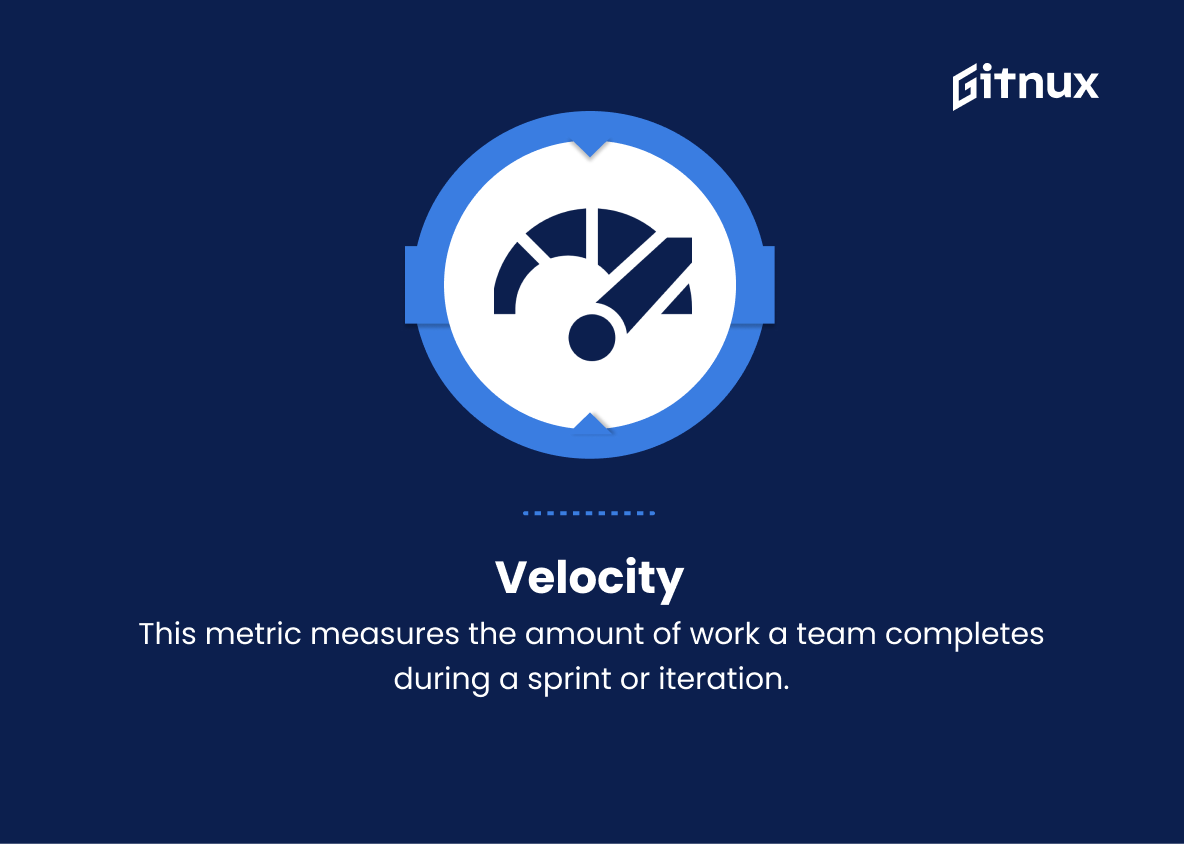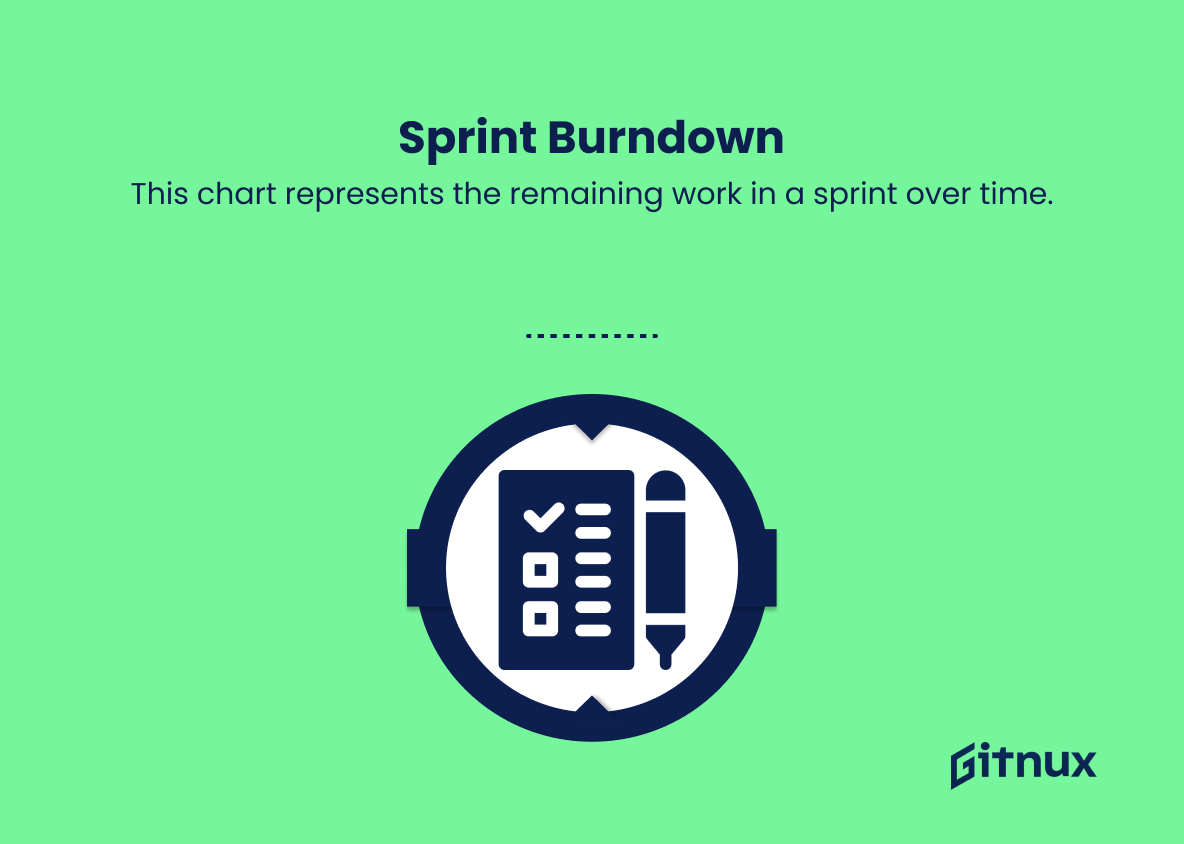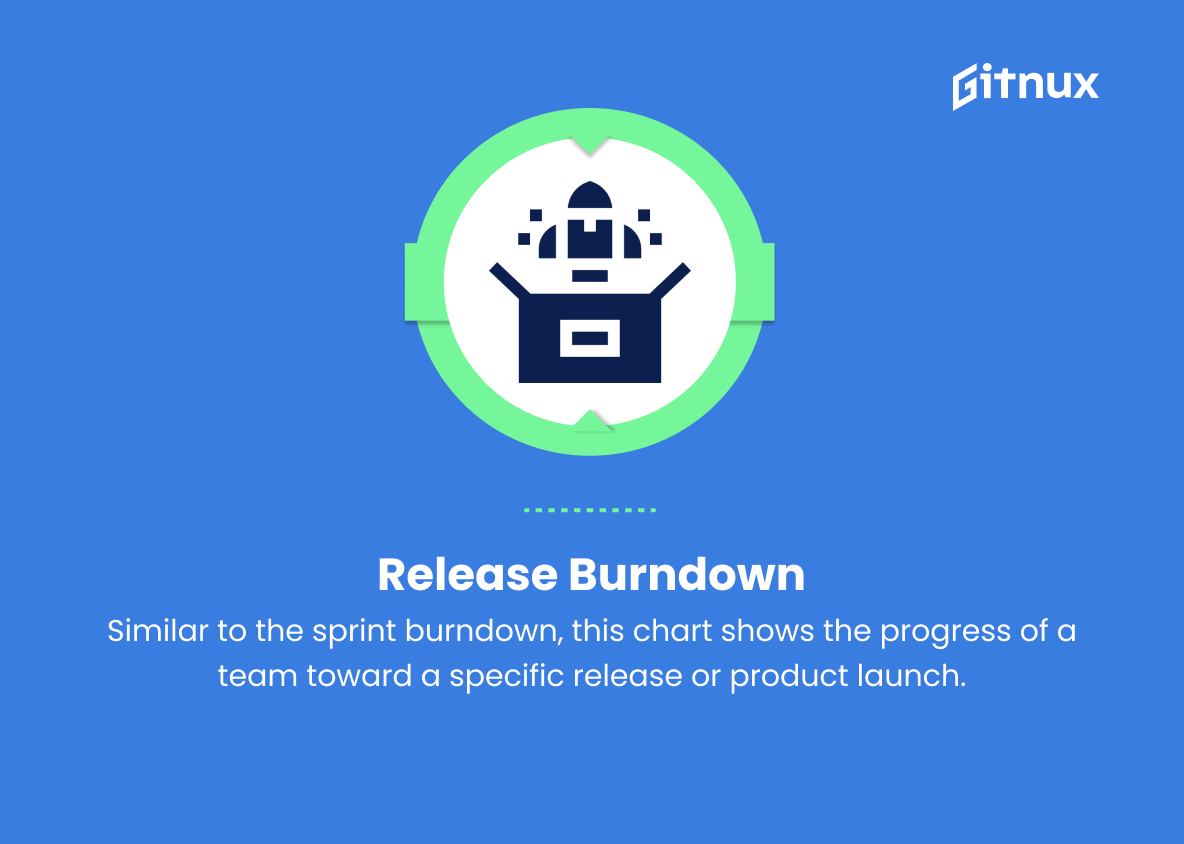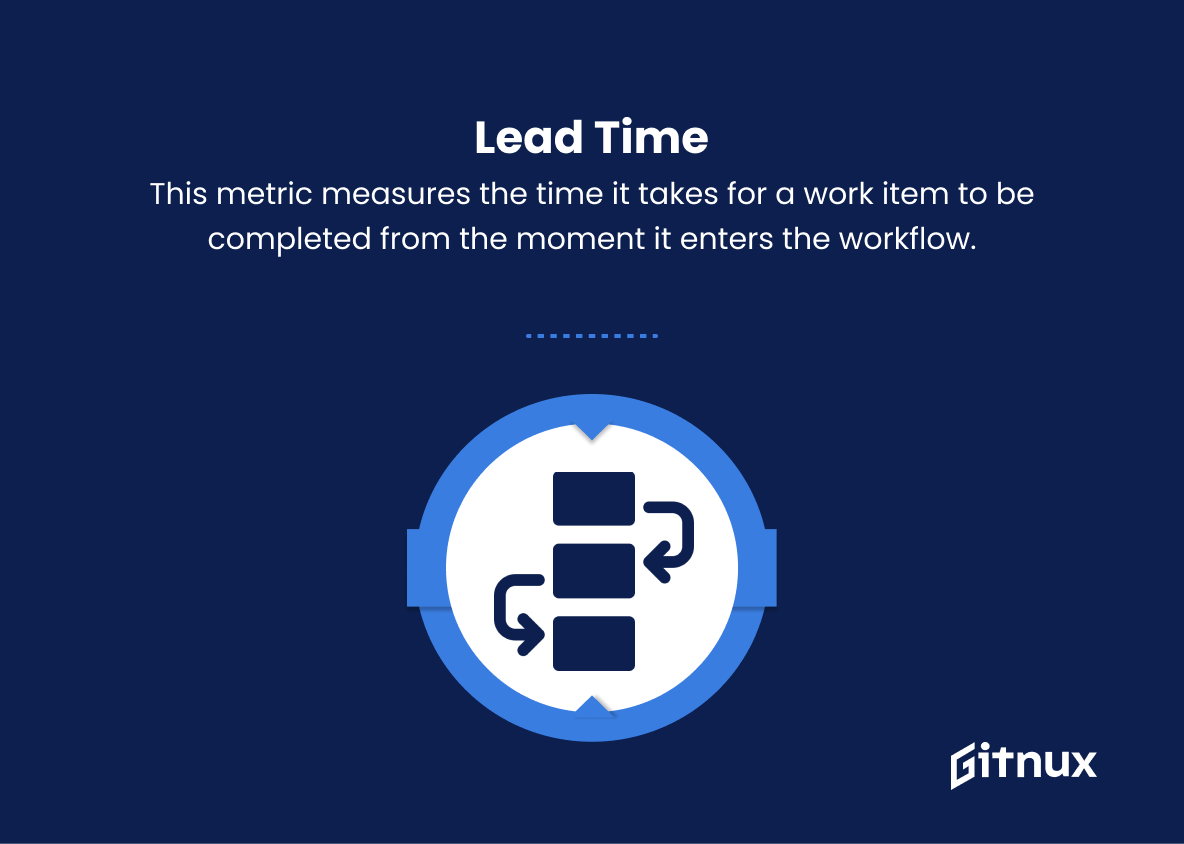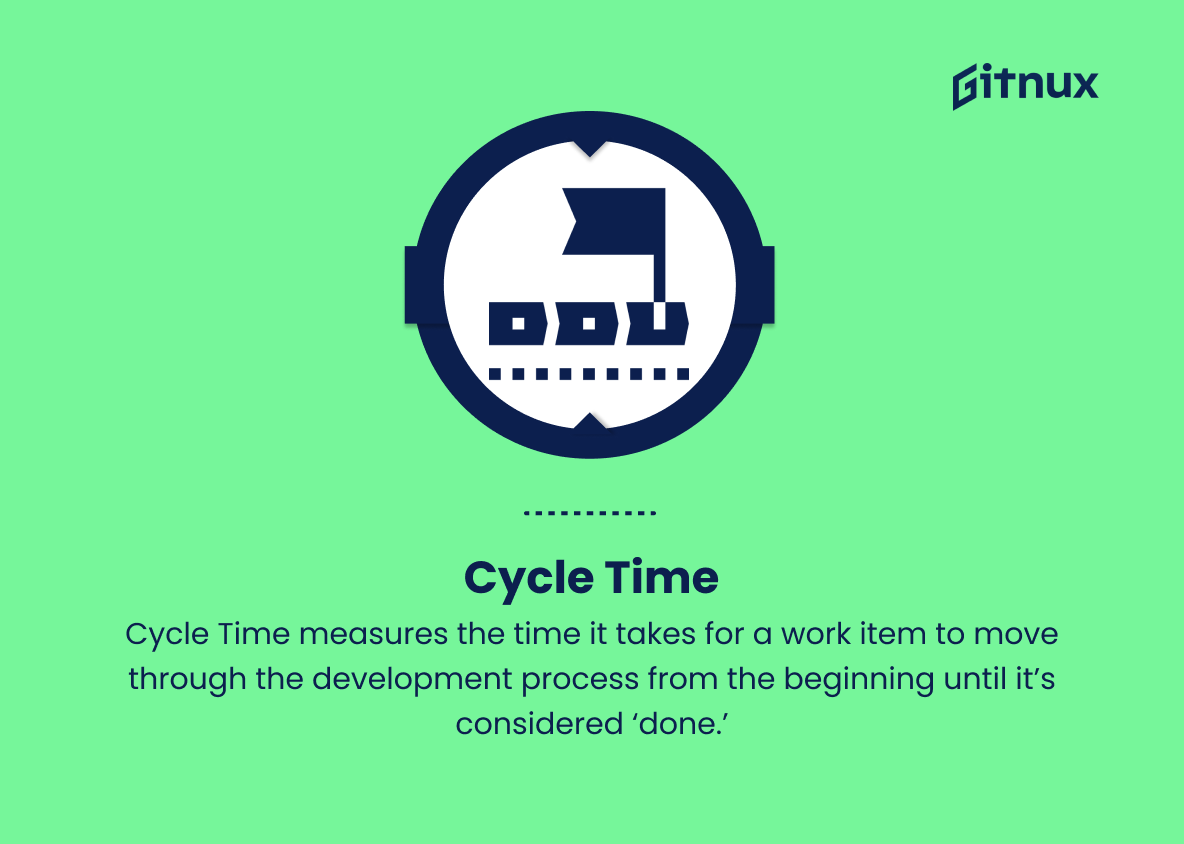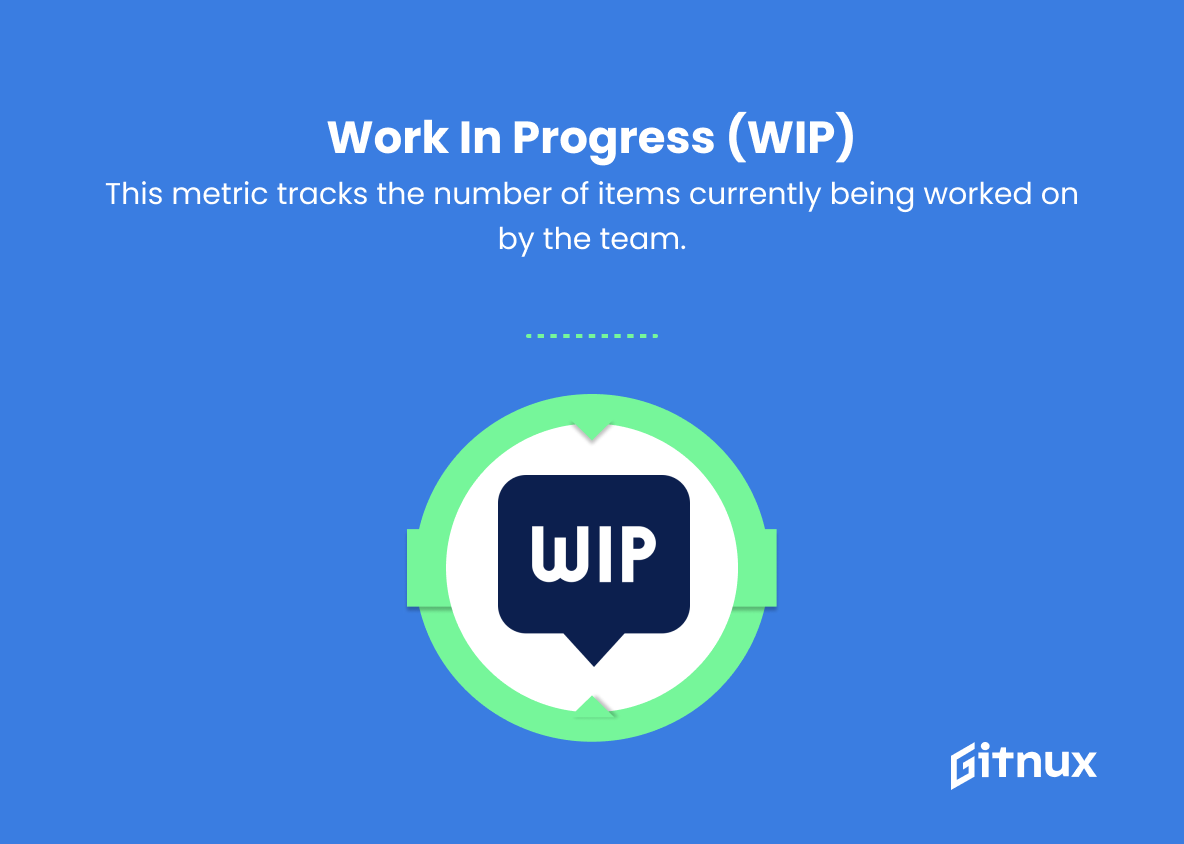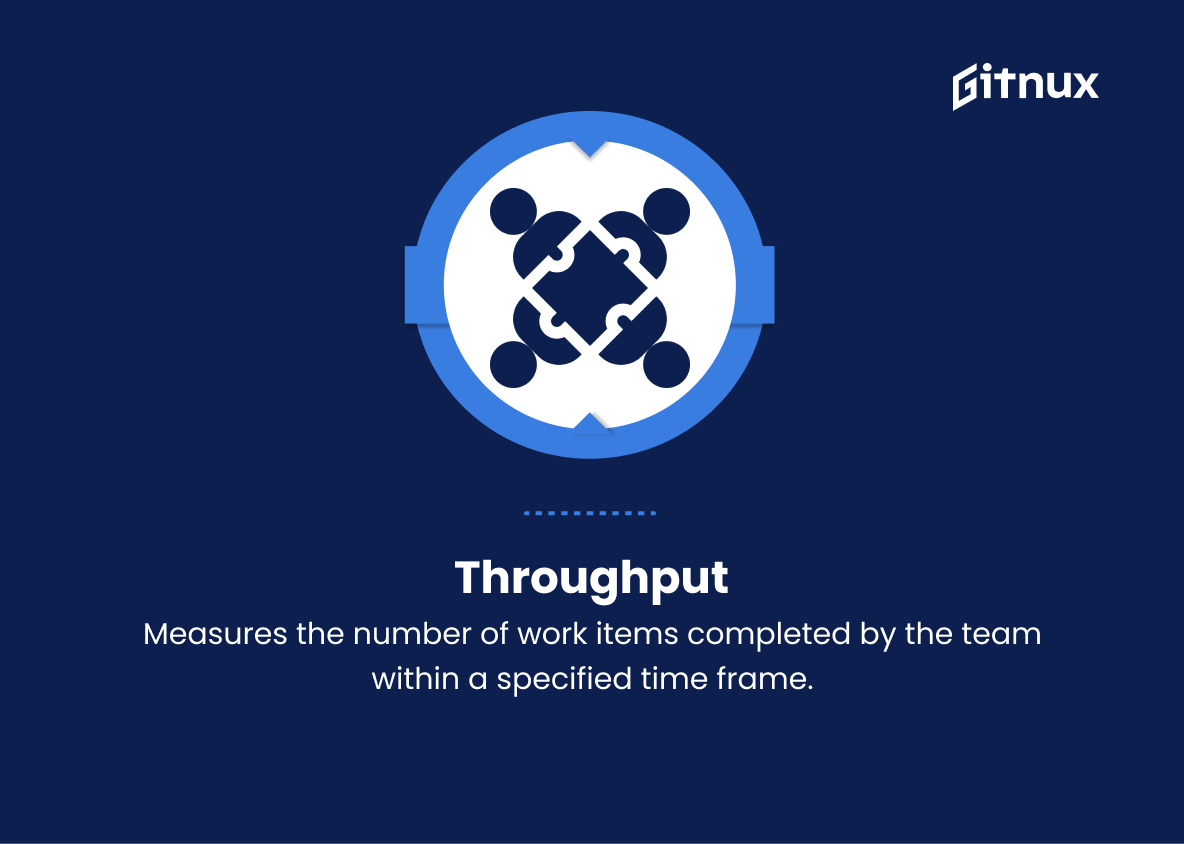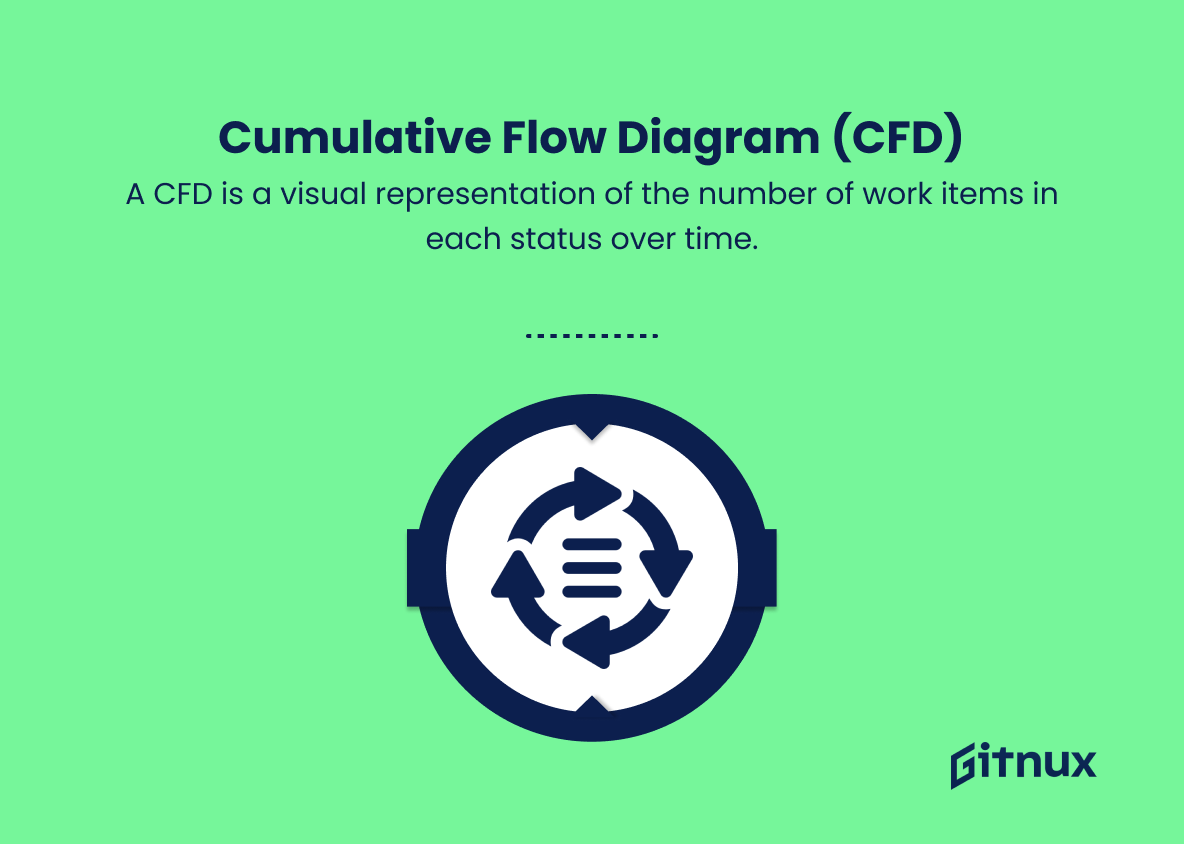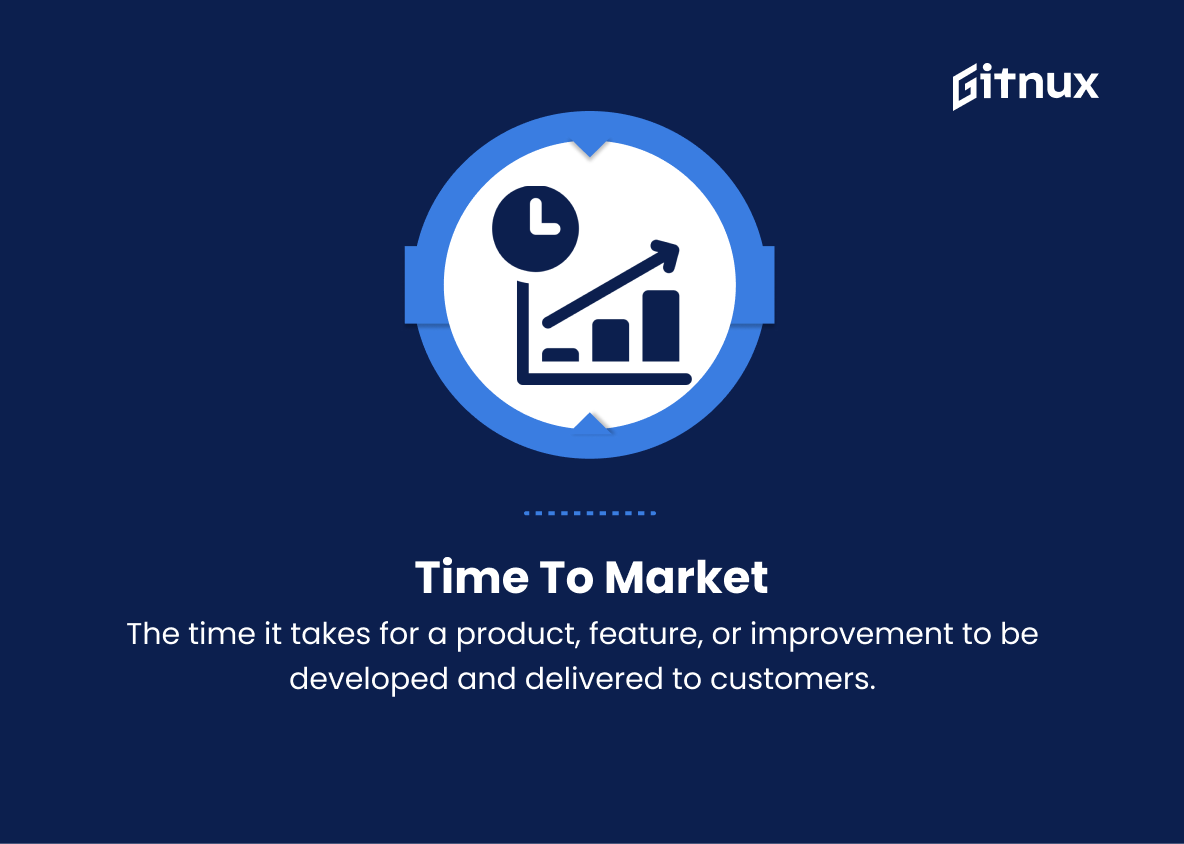Navigating the world of Agile can be a complex and challenging journey, but one key element that can help guide the process is actionable Agile metrics. These data-driven indicators allow businesses and teams to make informed decisions, enhance productivity, and create value. In this insightful blog post, we will delve deep into the world of actionable Agile metrics, discussing their significance in team performance, project success, and overall business growth.
By understanding the importance of these metrics and how best to utilize them, you will be well-equipped to optimize your Agile practices and ultimately achieve a sustainable competitive advantage. So, let’s embark on this enlightening path towards mastering the art of actionable Agile metrics.
Actionable Agile Metrics You Should Know
1. Velocity
This metric measures the amount of work a team completes during a sprint or iteration. It helps teams analyze how much work they can realistically accomplish in a given time frame and adjust their planning accordingly.
2. Sprint Burndown
This chart represents the remaining work in a sprint over time. It helps teams visually understand their progress and determine whether they are on track to complete the planned work by the end of the sprint.
3. Release Burndown
Similar to the sprint burndown, this chart shows the progress of a team toward a specific release or product launch. Teams can use this to understand their velocity relative to a target release date and plan future sprints accordingly.
4. Lead Time
This metric measures the time it takes for a work item to be completed from the moment it enters the workflow. Shorter lead times generally indicate a more efficient and effective process.
5. Cycle Time
Cycle Time measures the time it takes for a work item to move through the development process from the beginning until it’s considered ‘done.’ It can help teams identify bottlenecks in the workflow and streamline processes.
6. Work in Progress (WIP)
This metric tracks the number of items currently being worked on by the team. Maintaining an optimal WIP ensures that the team is not overburdened and can improve throughput and reduce lead times.
7. Throughput
Measures the number of work items completed by the team within a specified time frame. It helps teams understand their overall performance and identify areas for improvement in the workflow.
8. Cumulative Flow Diagram (CFD)
A CFD is a visual representation of the number of work items in each status over time. It helps teams identify bottlenecks, balance workloads, and monitor changes in throughput and cycle times.
9. Defect Density
This metric calculates the number of defects per work item, indicating the quality of the work produced by the team. A lower defect density generally suggests higher quality and less rework needed.
10. Escape Rate
Measures the percentage of defects missed during the development process and identified only after the release. This metric indicates the effectiveness of a team’s quality control and testing practices.
11. Code Review Coverage
Monitors the percentage of code changes that undergo a peer review before being merged into the main codebase. It measures the adherence to quality standards in the development process.
12. Team Happiness
A qualitative metric used to gauge the overall satisfaction and morale of the team. This can be measured through regular surveys or feedback sessions and can impact overall team productivity and retention.
13. Time to Market
The time it takes for a product, feature, or improvement to be developed and delivered to customers. This metric showcases the efficiency of a team’s development and release process, as well how quickly they can respond to market demands and opportunities.
By tracking these actionable Agile metrics, teams can continuously evaluate and improve their processes, increase the overall effectiveness of their work, and deliver better outcomes for their customers.
Actionable Agile Metrics Explained
Actionable Agile Metrics play a crucial role in evaluating and improving a team’s performance in software development. Metrics such as Velocity, Sprint Burndown, Release Burndown, Lead Time, Cycle Time, Work in Progress, Throughput, Cumulative Flow Diagram, Defect Density, Escape Rate, Code Review Coverage, Team Happiness, and Time to Market help teams analyze their progress, identify bottlenecks, maintain optimal workloads, monitor the quality of their work, and adhere to development standards.
These metrics also provide valuable insights into overall team satisfaction and morale, which impact productivity and retention. By continuously tracking and applying these metrics, Agile teams can enhance their processes and effectively respond to market demands and opportunities, ultimately delivering better outcomes for their customers.
Conclusion
In summary, actionable agile metrics are essential tools for organizations to improve their software development processes continuously. By embracing these metrics, teams can establish a solid foundation of data-driven insights, enabling them to work more efficiently and deliver better products.
Remember that the goal is continuous improvement, so be prepared to adapt your chosen set of metrics as your team grows and evolves. By thoughtfully selecting and refining your agile metrics, your organization will be well-positioned to stay ahead of the competition, foster a culture of innovation, and ensure long-term success.
